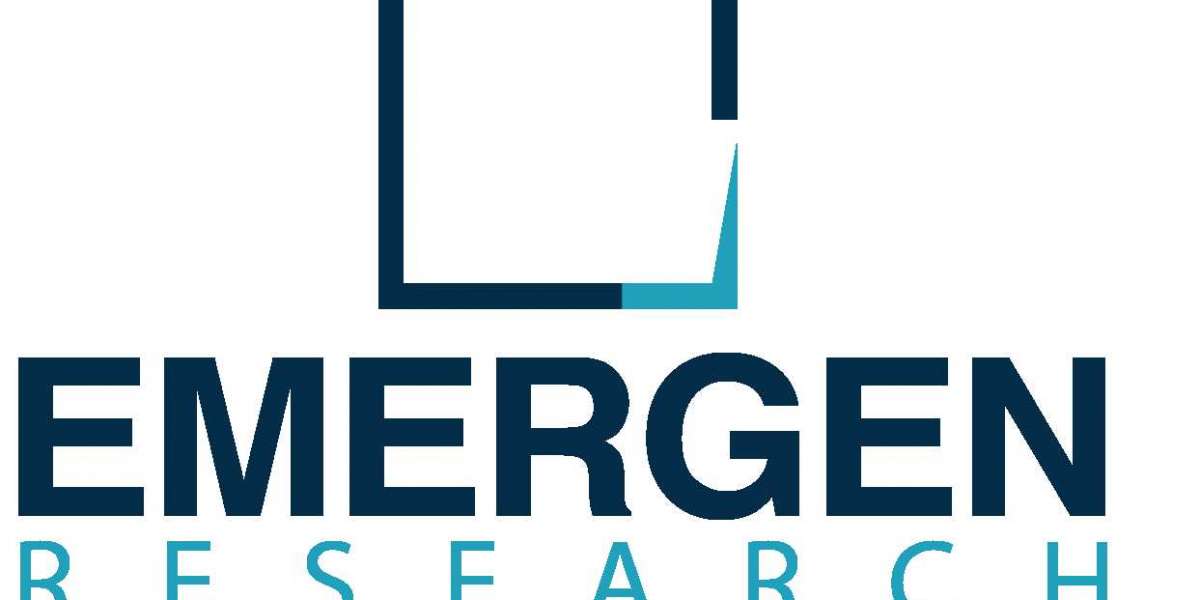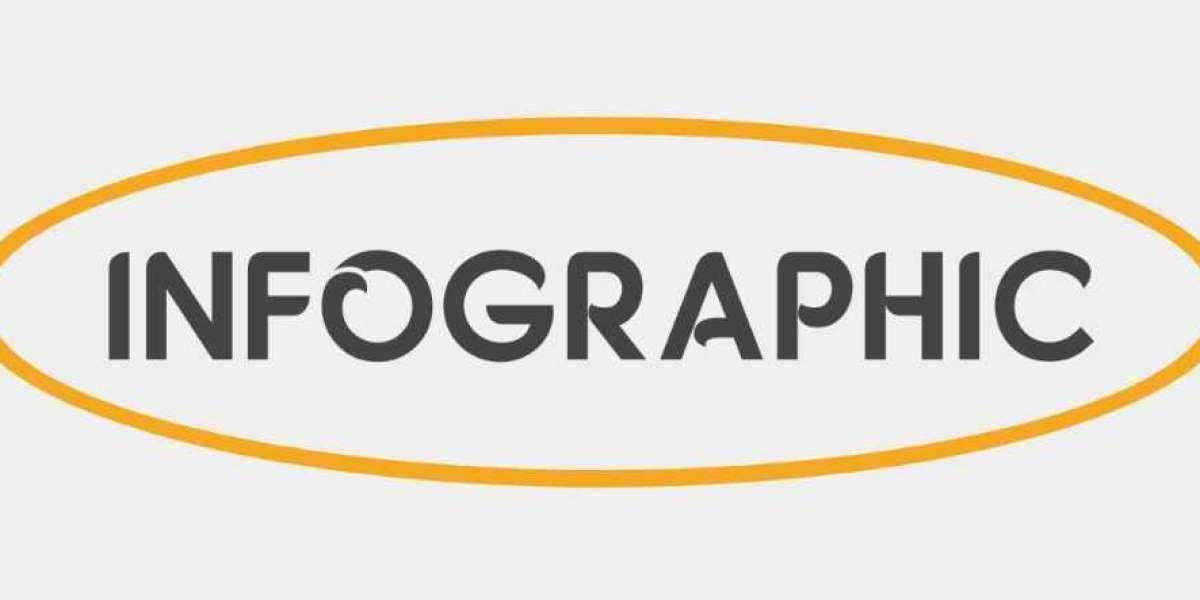Polymerase Chain Reaction (PCR): A Cornerstone of Modern Science Continues to Evolve
The Polymerase Chain Reaction (PCR), a revolutionary molecular biology technique that amplifies specific DNA sequences, remains an indispensable tool across a vast spectrum of scientific disciplines. Recent news highlights ongoing advancements in PCR technology, its expanding applications in diagnostics and research, and its crucial role in addressing global health challenges.
From Research Lab to Everyday Diagnostics: PCR's Enduring Impact:
Since its invention in the mid-1980s, PCR has fundamentally transformed biological research, medical diagnostics, and forensic science. News outlets frequently feature stories where PCR plays a pivotal role, from identifying infectious agents to detecting genetic mutations and analyzing ancient DNA. Its speed, sensitivity, and versatility have made it a cornerstone of modern science.
Real-Time PCR Takes Center Stage in Rapid Diagnostics:
Real-time PCR, also known as quantitative PCR (qPCR), has become a workhorse in molecular diagnostics. Recent reports emphasize its critical role in the rapid detection of pathogens, including viruses like influenza and SARS-CoV-2, as well as bacteria and fungi. The ability to simultaneously amplify and quantify target DNA or RNA makes qPCR invaluable for monitoring disease outbreaks and assessing viral loads.
Digital PCR Offers Unprecedented Sensitivity and Precision:
Digital PCR (dPCR) is emerging as a powerful advancement, offering even greater sensitivity and precision in nucleic acid quantification compared to traditional PCR and qPCR. News articles highlight its increasing use in applications such as rare mutation detection in cancer diagnostics, precise quantification of viral genomes, and single-cell analysis. dPCR's ability to partition samples into thousands of individual reactions allows for absolute quantification without the need for standard curves.
Multiplex PCR Streamlines Detection of Multiple Targets:
Multiplex PCR, which enables the simultaneous amplification of multiple DNA targets in a single reaction, continues to be a valuable tool in diagnostics and research. Recent reports showcase its application in detecting multiple pathogens in a single test, identifying various genetic markers in cancer panels, and analyzing complex microbial communities. This approach saves time, resources, and sample volume.
Point-of-Care PCR Devices Enhance Accessibility:
The development of portable and user-friendly point-of-care (POC) PCR devices is expanding access to molecular diagnostics in resource-limited settings and for rapid on-site testing. News highlights the advancements in miniaturized PCR systems that can be used at the patient's bedside or in the field, enabling faster diagnosis and treatment initiation for infectious diseases and other conditions.
PCR in Environmental Monitoring and Food Safety:
Beyond healthcare, PCR is playing an increasingly important role in environmental monitoring and food safety. Recent reports detail its use in detecting waterborne pathogens, identifying genetically modified organisms (GMOs) in food, and tracing the origin of foodborne outbreaks. PCR-based assays offer rapid and sensitive methods for ensuring environmental and food safety.
Advancements in PCR Reagents and Enzymes:
Continuous innovation in PCR reagents and enzymes is further enhancing the performance and versatility of the technique. News articles often feature the development of more thermostable DNA polymerases, improved master mixes with enhanced specificity and sensitivity, and novel additives that overcome PCR inhibitors in challenging samples.
The Future of PCR: Integration with Microfluidics and Nanotechnology:
The future of PCR is likely to see greater integration with microfluidics and nanotechnology. Lab-on-a-chip devices that automate PCR processes and allow for high-throughput analysis are becoming increasingly sophisticated. Nanopore sequencing coupled with PCR amplification is enabling rapid and long-read DNA sequencing. These advancements promise to further revolutionize the applications of PCR in various fields.
In conclusion, the Polymerase Chain Reaction remains a cornerstone of modern science, with continuous advancements expanding its capabilities and applications. From rapid diagnostics and personalized medicine to environmental monitoring and food safety, PCR continues to be an indispensable tool for addressing critical challenges and advancing scientific understanding.



